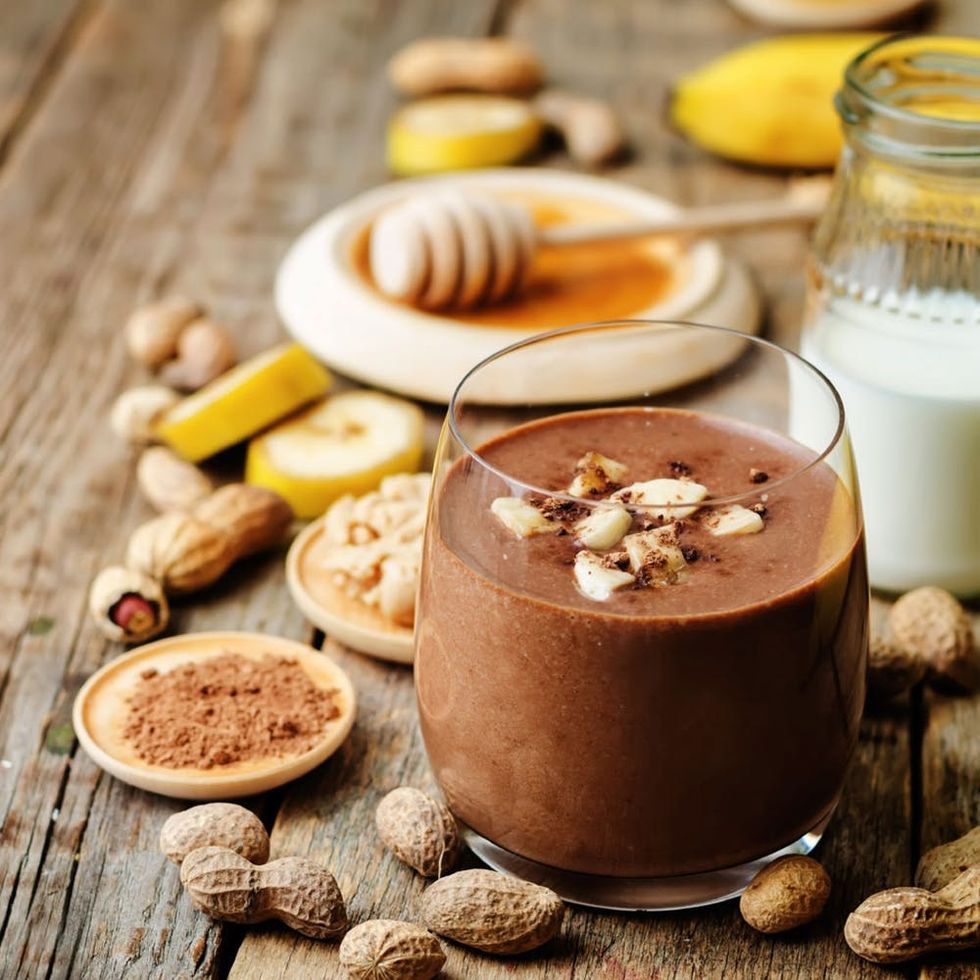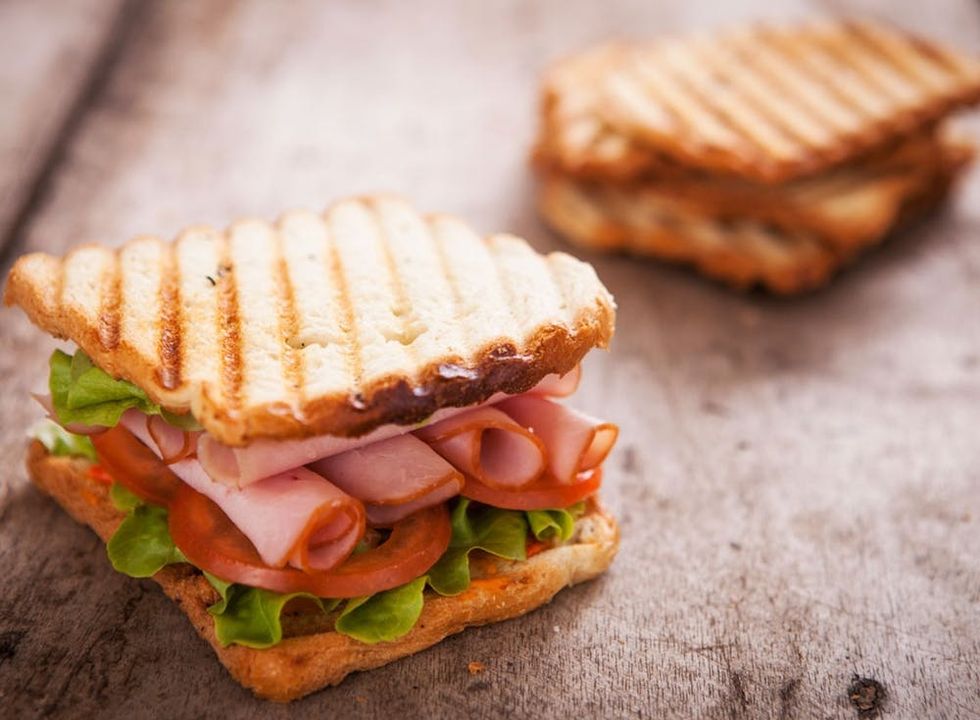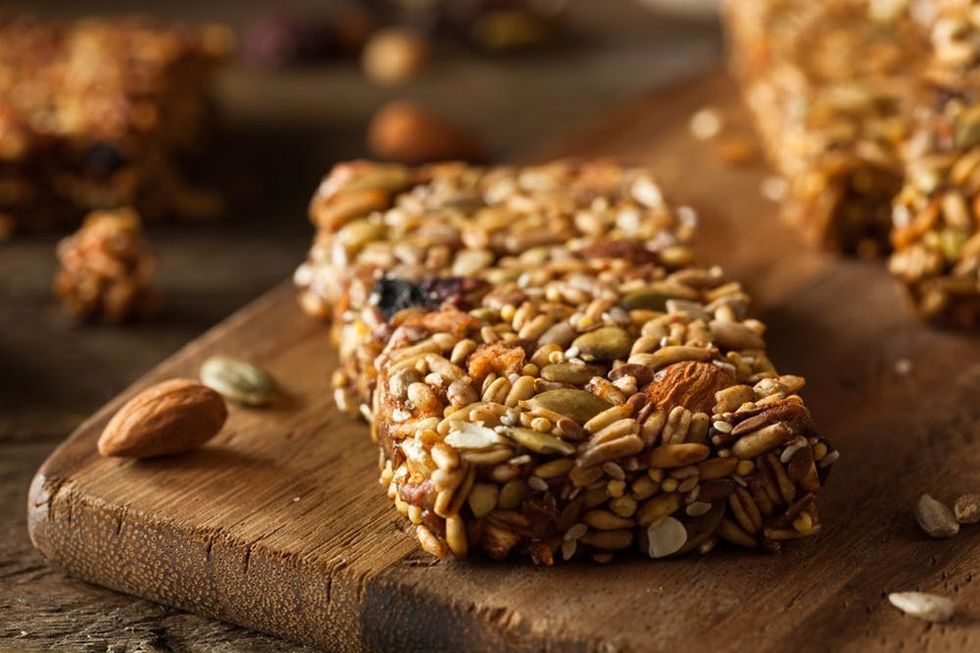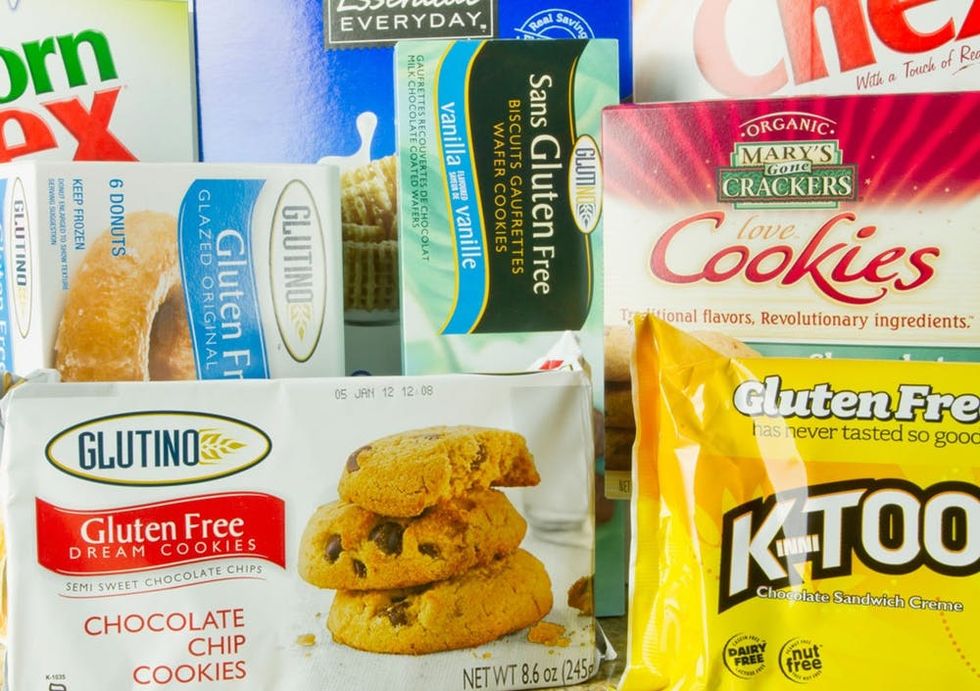These not-so-healthy foods are masquerading as nutritious.
9 Surprising Foods That Are Only Pretending to Be Healthy

It’s no shock that nutritionists will tell you to load up on more avocados and kale than chili cheese fries and cake, but sometimes the line between healthy and unhealthy food seems pretty blurry. When you’re trying to maintain a healthy diet, you don’t want any surprises throwing you off track. Four top nutritionists shared nine foods that seem like nutritious superfoods or smart options, but are actually surprisingly unhealthy.

1. Nut Milk-Based Smoothies: “Having a smoothie for breakfast sounds like a healthy choice, but when it’s made with just fruit and nut milk you’re missing out on key nutrients,” cautions Kayleen St. John, a registered dietitian at New York City-based Natural Gourmet Institute, a health-supportive culinary school. “Unlike dairy and soy milk, most nut milks lack protein and fat. A fruit and nut milk smoothie is essentially all carbohydrates and you’re missing the protein and fat your body needs to make a smoothie a legitimate meal replacer. Try adding some nuts, seeds, or nut butter to this smoothie to round out the macronutrient [fat, carbs and protein] profile.”

2. Turkey Breast Slices: “Most people think of turkey as a good, lean source of protein. Although it can be if you buy it packaged, it’s typically packed with sodium, fillers and carcinogenic nitrates,” offer the Nutrition Twins, Lyssie Lakatos, RDN, CDN, CFT and Tammy Lakatos Shames, RDN, CDN, CFT, and authors of The Nutrition Twins’ Veggie Cure. “You’re much better off choosing turkey breast cut fresh from the bird. If you do choose a packaged one, go for one that’s low-sodium and nitrate-free.”

3. Flavored Greek Yogurt: “Yes, Greek yogurt is an awesome snack. It’s packed with protein, low in fat, contains live cultures of probiotics and if unsweetened, is low in sugar,” explains Lisa Hayim, registered dietitian and founder of The Well Necessities. “The concerning part is the seemingly innocuously flavored options such as blueberry, blood orange, honey and mixed berry. They can pack up to 30 grams of sugar, most of which is coming from added sugar, not the actual fruit itself. I recommend my clients buy plain, unsweetened yogurt with less than eight grams of sugar per serving and toss in fresh fruit themselves.”

4. Non-Dairy Creamers: Virtuous choice? Not exactly (or at all). “While these may seem like a lower-calorie, less-saturated-fat alternative to cream, these typically are a combination of synthetic chemicals mixed in with hydrogenated oils, sugars and milk products [even though they’re called “non-dairy,” many have casein in them, which comes from milk]. These are generally an artery-clogging, insulin-spiking combo and contain chemicals that increase inflammation in the body,” the Nutrition Twins say. Bottom line: steer clear.

5. Rice Cakes: Are you a crunch-craver? Those delectable discs of goodness probably beckon to you. “Many dieters turn toward rice cakes as a low-calorie snack option,” comments Erin Palinski-Wade, RD, CDE and author of the book Belly Fat Diet for Dummies. “However these puffed cakes are typically made with white rice — a high-glycemic, quickly digested carbohydrate that can spike blood sugar and insulin levels, which causes your body to store fat instead of burn it. If you love rice cakes, select ones made with 100 percent brown rice for a whole grain alternative.”

6. 100-Calorie Packs: “Dieters are used to restricting calories, causing them to desperately miss their favorite indulgent foods. When these 100-calorie packs came out, people got excited and couldn’t believe they could now have their favorite food at just 100 calories,” offers Hayim. “People use them for snacks, desserts and sometimes even meal replacements. My problem with this is that I want to teach my clients how to make real food choices (foods with functional benefits) and mindful decisions. If they want dessert, chocolate, peanut butter or whatever it is, I want them to have it mindfully — in a comforting setting, with thought and no intense emotions present. Once my clients understand this concept, they are able to fully enjoy their favorite previously ‘banned foods.’ You’ll feel empowered by your choices and will be able to control the amount and calories consumed.”

7. Superfood Overload: Even nutritionists are fatiguing on the buzzy phrase. “If you’ve been religiously buying the hottest superfoods (like maca powder, lacuma powder and cupuaçu) you may be wasting your money,” warns St. John. “Essentially all fruits and vegetables are great sources of antioxidants and fight inflammation. Don’t buy the hype and stick to eating as much local (not exotic) produce as possible.”

8. Energy Bars: When it comes to energy bars, you should DIY them if possible so that you can control exactly what goes into this popular snack. “These [products] typically are as high in calories, fat, saturated fat and sugar as a candy bar. Most list some form of sugar at the top of the ingredient list and also include artery-clogging hydrogenated oils. You’re better off going for a real candy bar and acknowledging it as a dessert, rather than thinking you’re doing something good for your body by eating an ‘energy’ bar,” advise the Nutrition Twins.

9. Gluten-free Snacks: Ah, to be young, wild and g-free. Turns out, this lifestyle — while pivotal for some — isn’t for everyone. Nowadays, GF snacks can be more of a marketing ploy than anything else. “Unless you have celiac or a noticeable reaction to gluten, buying gluten-free snacks doesn’t help anyone except the snack-food companies. Gluten-free snack products (think crackers and pretzels) are usually depleted of any nutrients and no healthier than other snack products,” advises St. John.
Got a favorite healthy snack? Tweet us @BritandCo!
(Photos via Getty)



















